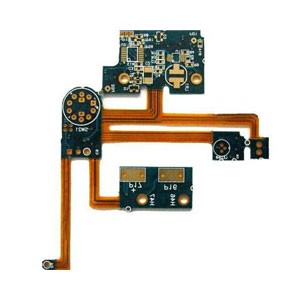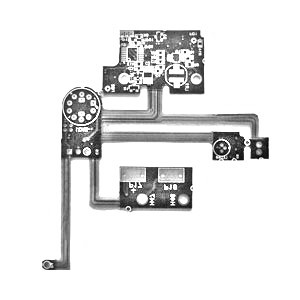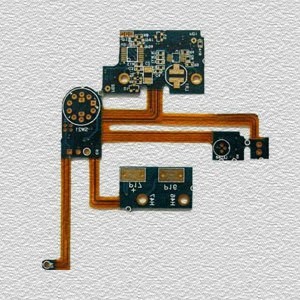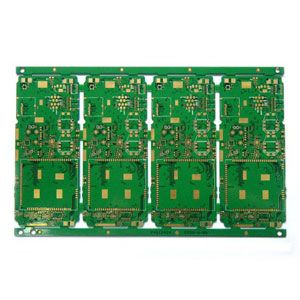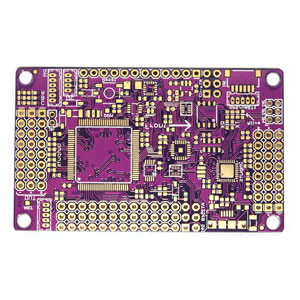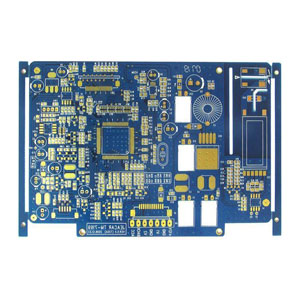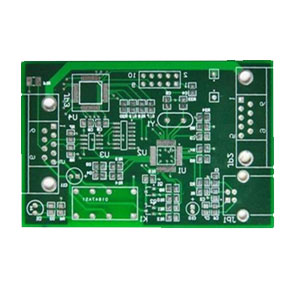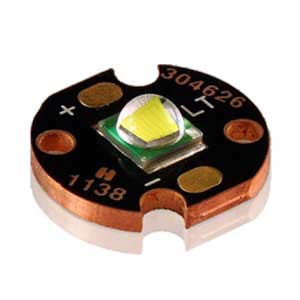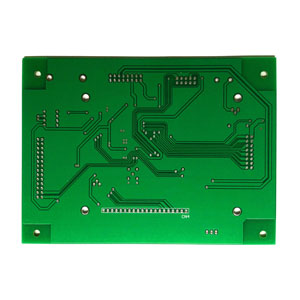Product Detail:
Application of polyimide circuit board:Single-Sided Flex Circuits (single or multiple access)
Double-Sided Flex Circuits
Multi-Layer Flex Circuits
Rigid-Flex Circuits
Why choose polyimide/polyamide instead of FR4?
When choosing between polyimide and FR4, you may be inclined to choose FR4 because of the cost and accessibility of this common circuit board material. However, making a choice based on cost is a bad choice, especially when the two materials offer very different functional advantages.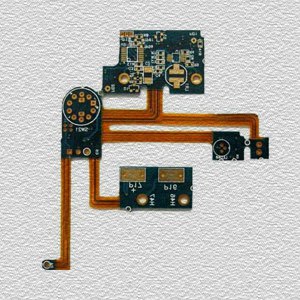
If you are considering using polyamide and FR4, keep in mind the following advantages of polyamide:
1. Flexibility: Flexibility is the main reason you choose polyimide/polyamide board instead of FR4 board. Flexible and rigid-flex circuit boards are usually made of polyimide and are usually the first choice in applications where mobility and frequency of use are the main concerns.
2. Good heat resistance: If you plan to use PCB in a high temperature environment, FR4 board may not be the best choice. Although FR4 is frame-resistant, it is difficult to dissipate heat, which will cause hot spots and damage the circuit board and surrounding equipment. On the other hand, polyimide has excellent operating temperature rating and thermal conductivity, which is twice the value of FR4.
3. Chemical resistance: Polyamide has excellent chemical resistance, especially to hydrocarbons such as fuels, oils and greases commonly found in military, aerospace, and automotive applications. Although FR4 provides similar corrosion resistance, polyamide provides more complete long-term corrosion resistance.
Durable: Although FR4 is strong, its rigidity may cause problems for applications that need to consider vibration and heat. Heat and physical stress will reduce the structural integrity of FR4 boards, and polyamide boards can cope with this situation, especially because of their flexibility and tensile strength.
4. Solve the integration problem: If you need to integrate the PCB into a product that cannot easily accommodate components, rigid circuit boards such as FR4 boards will not work. Instead, a flexible polyimide PCB can be made to fit the space provided.
Although they are more expensive, but polyimide PCBs offer impressive flexibility and functional advantages compared to traditional FR4 boards. Lightweight, flexible and durable polyimide PCB boards have the potential to solve many PCB integration and design issues, making them cost-effective in the long run.
 Hecheng Electronic Technology Group Limited
Hecheng Electronic Technology Group Limited

